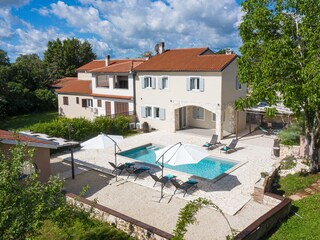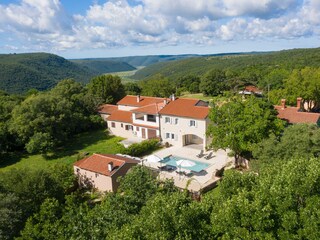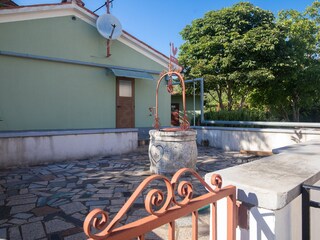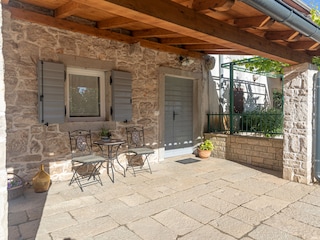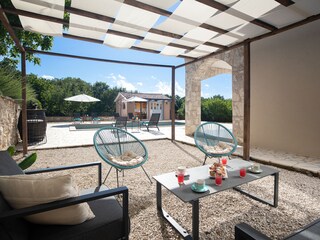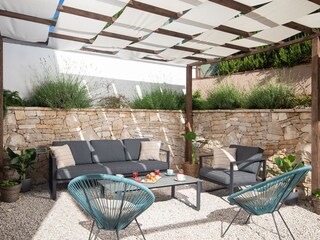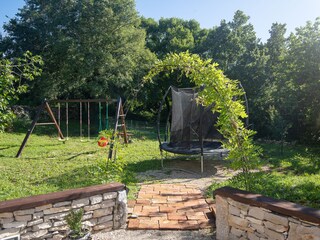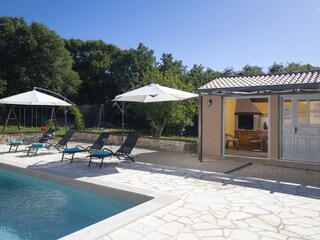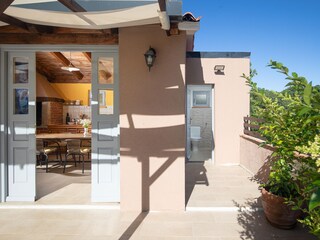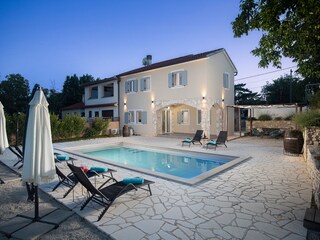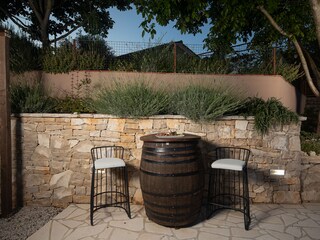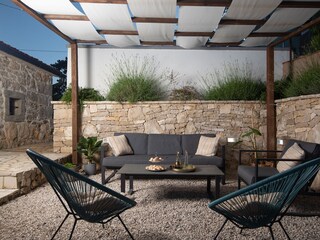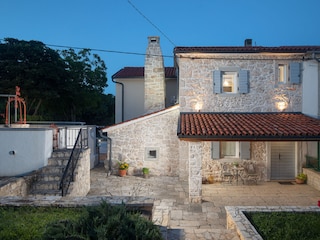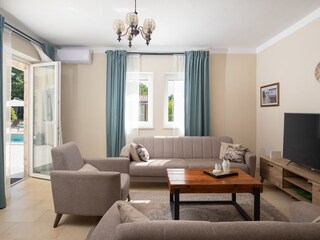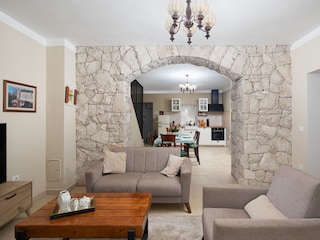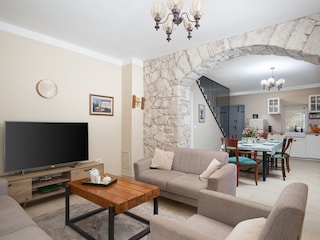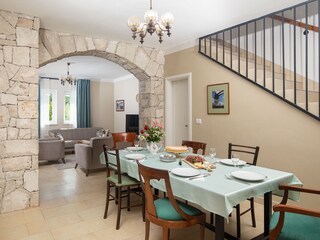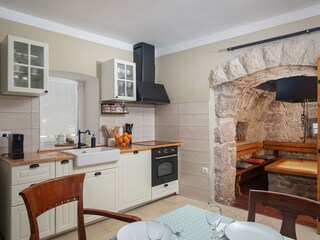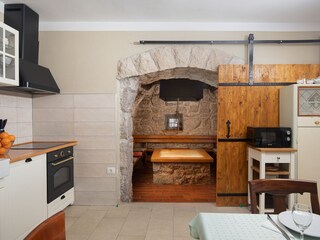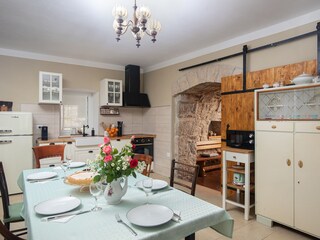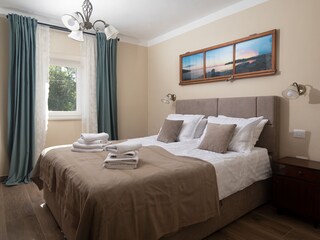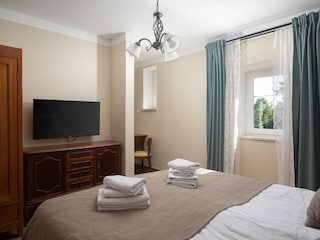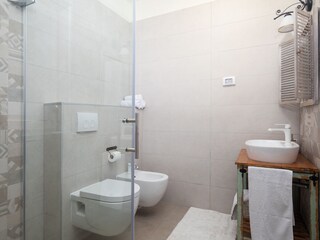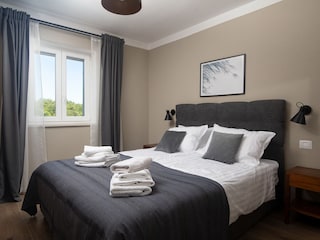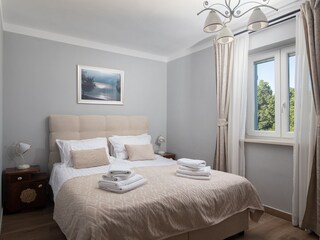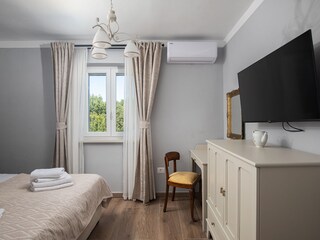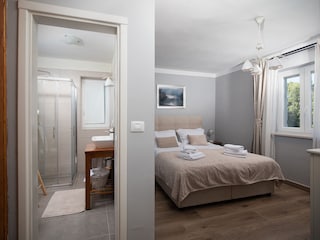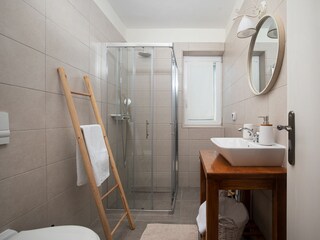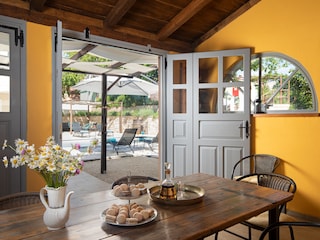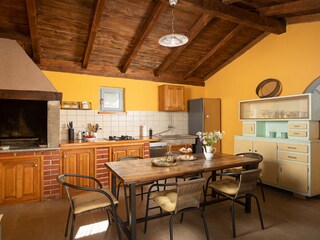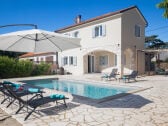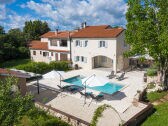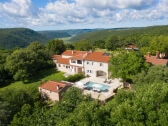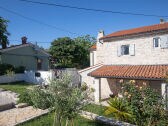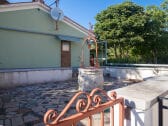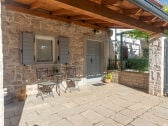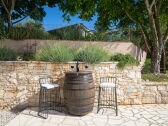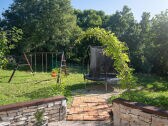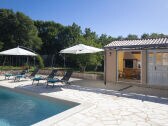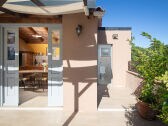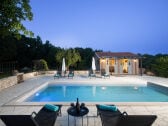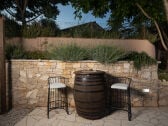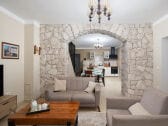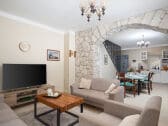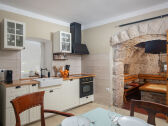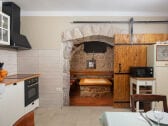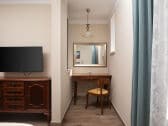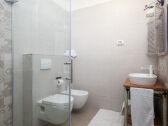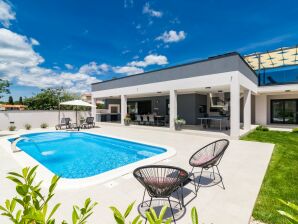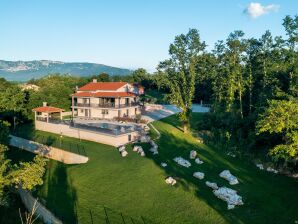1 / 40
Villa Stora kuca
3 Bedrooms
3 Bathrooms
Max. 7 guests
180 m²
Labin
View on Map
1 / 40
Please select dates and guests
Description
This authentic and lovingly crafted villa can accommodate up to 7 guests. It consists of 3 modernly furnished bedrooms with TVs, one of which has its own private bathroom. The living room offers the comfort you...
Amenities
3 Bedrooms (1)
Max. 7 guests
180 m²
Free WIFI
Television
Pets and dogs on request
Swimming pool
No information about smoking
Dishwasher
Washing machine
Prices
Please select dates and guests
Usage-dependent additional costs
Please note that additional usage-dependent costs may apply. For questions about this, please contact the host directly.
Host's notes
Cancellation policy
Up to 4 weeks before the arrival day, a cancellation is possible free of charge, but the deposit is not refunded.
We recommend the completion of a travel cancellation insurance. In the case of early departure, there is no claim to repay the remaining rent.
Rental conditions
- •Deposit: 30% of the rental price at time of booking
- •Final payment: 4 weeks before arrival
- •Security deposit: €300.00
- •Arrival time: earliest 4:00 PM
- •Departure: by latest 10:00 AM
Payment options
- •Bank transfer
Location
Distances
AIRPORT41 km
BEACH8 km
RESTAURANT4 km
SHOPS4 km
TOWN CENTER4 km
WATER8 km
Nearby
Our leisure tips
- •Badminton
- •Barbecue
- •Basketball
- •Beachvolleyball
- •Bike rental
- •Camping
- •Cycling
- •Dancing
- •Fishing
- •Football
- •Hunting
- •Kart race
- •Motocross
- •Mountain biking
- •Nightlife
- •Paintball
- •Pedal boating
- •Playground
- •Sailing
- •Scuba diving
- •Spa
- •Spa facility
- •Summer toboggan run
- •Swimming
- •Table tennis
- •Tennis
- •Theme park
- •Volleyball
- •Water park
- •Water sports
- •Wine tasting
Holiday destination
Labin, a picturesque town situated on a 320 meters high hill and only three kilometers from the seaside, was inhabited already two thousand years B.G. The remnants of Kunci, one of the settlements called the 'castellums', dating from the Bronze Age, can be found in the vicinity of Labin. Its old Illyrian-Celtic name is Albona or Alvona and it was probably founded by Celts in the 4th century B.C. on the ruins of the ancient city. Some historians say it was fortified by the Illyrians in the 11th century B.C. They also say that Albona in the Celtic language means 'a town on the hill' or 'an elevated settlement'.
Titus Livius said that Labin inhabitants were pirates. After the conflicts between the local inhabitants and Romans, which had started in the 3rd century B.C., Istra came under the Romans in 177 B.C. The borderline was the river Rasa. Labin and its surroundings thus became an integral part of Illyrian, the Roman province with a high degree of independence and authority over the nearby settlements. The oldest written document about Labin is a relief from the 3rd century with the insertion 'RES PUBLICA ALBONESSIUM'.
Availability
Legend:
Free
Occupied
Contact

Company Travel Istria d.o.o. - Mr Kristina PersicGerman, English, Croatian and Italian
Accommodation number: 495210
La Villa has no reviews yet
No review has been submitted for this accommodation yet. Write the first review now!
More accommodations
More accommodations from Company Travel Istria d.o.o. - Mr Kristina PersicShow all accommodations

